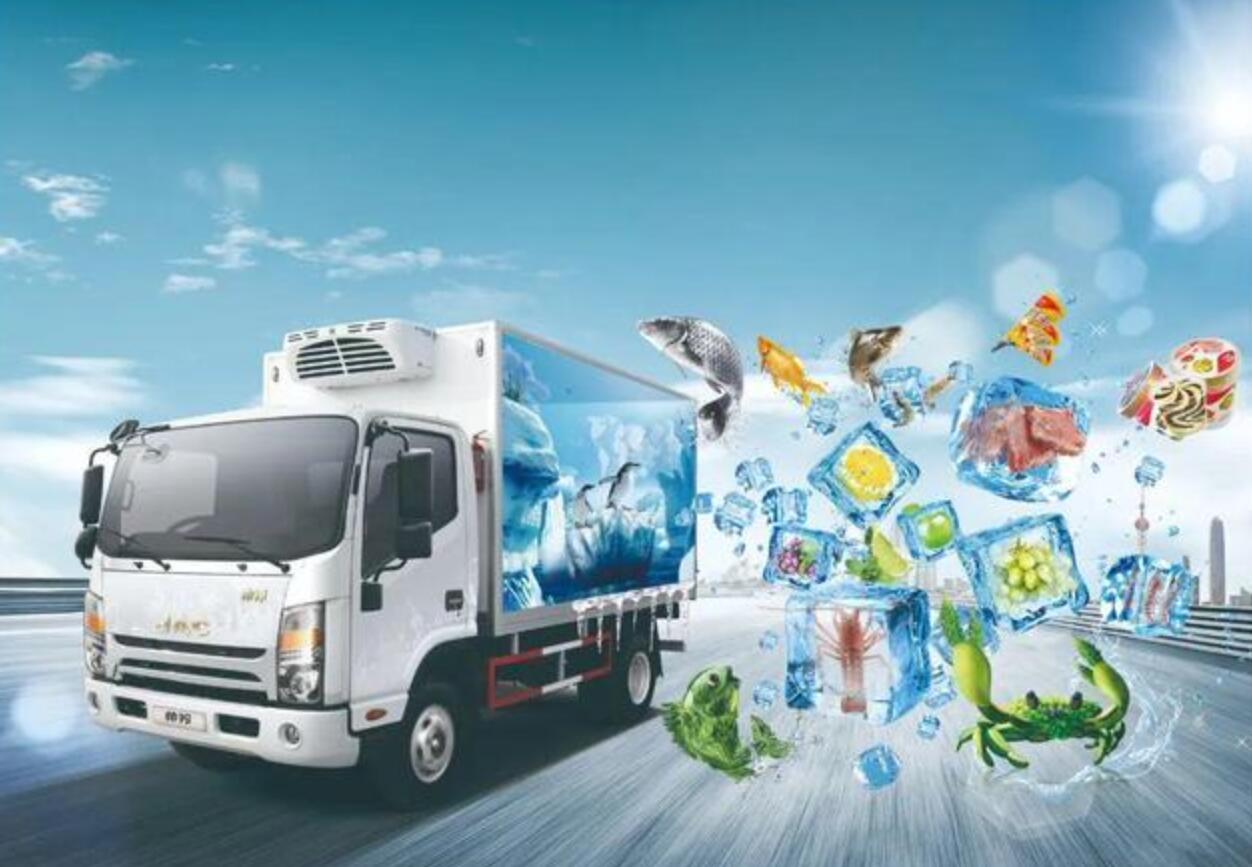-
Refrigerated vehicles are the basic means of transportation for land transport of perishable food, and their task is to send food unloaded from trains or ships to centralized cold storage and distribution cold storage. Automobile refrigerated transportation can ensure that the food can be directly sent from the productive cold storage or the suburbs within 200km to the consumption center without transshipment. In the consumption center, the task of automobile refrigerated transportation is to send food from the distribution cold storage to food stores and other consumption places. When there were no railroads, refrigerated cars were used to transport frozen food over long distances.
Refrigerated trucks have small batches of transportation, flexible transportation, good mobility, and can adapt to complex terrains in various places. They play a very important role in China Unicom's food refrigeration outlets. However, the transportation cost of refrigerated vehicles is high, and the maintenance investment is large.
At present, there are two main types of refrigerated vehicles used in my country, one is a refrigerated vehicle with a certain refrigeration device as a cold source, and the other is a refrigerated vehicle without a cold source (also known as an insulated vehicle). Refrigerated cars have insulated compartments with thin steel and aluminum shells. The thermal conductivity of the heat insulation material should be small, A¡Ü0.6W/(m¡¤K), the specific value depends on the structure of the car body and the heat insulation layer, it has low water absorption and good moisture resistance, and it is clean and hygienic. Odor, good flame retardancy, low price. The insulation layer is usually made of polystyrene foam, polyurethane foam and other new insulation materials. The load of the compartment is divided into several types such as 1.5t, 3t, 4t and 7t. The car's cabin is streamlined to reduce frontal drag. There are small doors on the back wall to facilitate the shipment of food.

There is a heat insulation layer on the body of a refrigerated car without a cold source, which mainly depends on the heat insulation of the car body and the cold storage capacity of the cargo itself to maintain a certain temperature. Therefore, the heat insulation performance of the car is required to be good, and the heat transfer coefficient K¡Ü0.4W/( m2¡¤K), which is low in cost and suitable for short-distance transportation. Refrigerated vehicles with cold sources use specific refrigeration devices, which can be divided into mechanical refrigeration, liquid nitrogen or dry ice refrigeration, cold storage plate refrigeration and ice-salt mixture refrigeration according to the refrigeration method. These refrigeration devices are very different, and when choosing to use them, comprehensive consideration should be taken from the aspects of food type, economy, reliability and service life.
